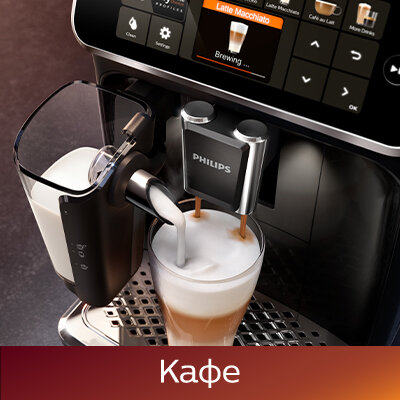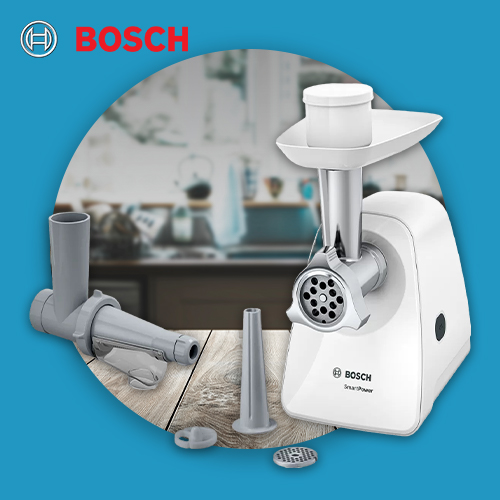
Магазин "ВЕТО" в Пловдив събира на едно място най-добрите брандове домакинска техника - Trafficnews.bg - Trafficnews.bg

Домакински уреди — Най-добрите марки от популярни вериги магазини - Германия, Mix/Retourware - платформа за търговия на едро | Merkandi B2B

Електроуреди и електроматериали - Електрически уреди - Кухненски уреди - Сокоизтисквачка ELITE EJ-400 - Строителен магазин Чечосан

Домакински уреди — Най-добрите марки от популярни вериги магазини - Германия, Mix/Retourware - платформа за търговия на едро | Merkandi B2B

Много малки домакински уреди от ликвидация на предприятия и магазини - Франция, Mix/Retourware - платформа за търговия на едро | Merkandi B2B

Много малки домакински уреди от ликвидация на предприятия и магазини - Франция, Mix/Retourware - платформа за търговия на едро | Merkandi B2B




















